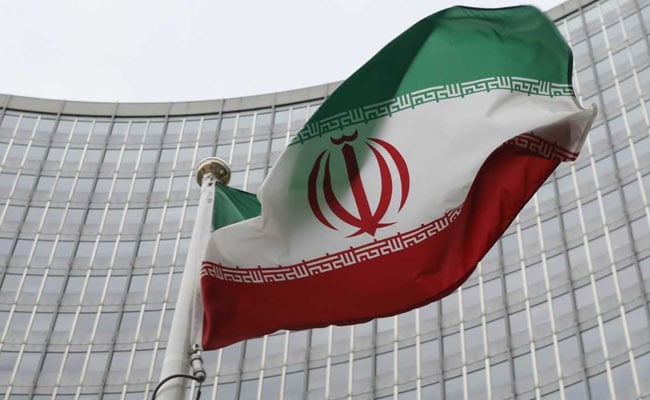Nirmal Jain
| Photo Credit: Special Arrangement
Days before she was to deliver the Interim Budget for 2024, Finance Minister Nirmala Sitharaman dropped some hints on what to expect from her speech. She said that the government would orient its policies towards improving the lot of four main interest groups: women, the youth, farmers and the poor.
In her Budget speech on February 1, Ms. Sitharaman reiterated this stance, and went a step further. The Narendra Modi government, she said, was committed to inclusive growth and that it had a detailed roadmap ready for a developed India by 2047.
This was a pre-election Vote-on-Account and not a full Budget, so the Finance Minister had limited legroom, and yet she managed to move the needle enough to keep the interests of large swathes of the country’s population in mind.
While for the poor, there was the promise of 2-crore more houses under the Pradhan Mantri Awas Yojana, on top of 3 crore that have already been built, for the middle classes, there was a commitment that the government will ensure affordable housing for all. If done right, this should give a massive boost to the country’s real estate sector.
The Modi government’s core philosophy over the last decade has been to push capital expenditure, especially in the infrastructure sector. In fact, the government’s capex has nearly trebled in the last four years.
The government stuck to the theme as it raised the capex outlay for the coming financial year to 11.11 lakh crore, an increase of 11%. Capex on infrastructure has a multiplier effect and the real impact of this push should be visible in the coming years on old economy and construction sectors that power it.
The Modi government needs to be commended for the fact that despite significant economic upheavals since the pandemic, it has managed to steer a tight ship, remain fiscally prudent and keep fiscal deficit in check in the face of stiff crude oil prices. While the fiscal deficit for the current financial year at 5.8% is an improvement over the initial estimate of 5.9%, the figure for the coming financial year is projected at a more challenging 5.1%. This would bring India closer to achieving the fiscal deficit target of 4.5% by 2025-26.
The government has also reduced its market borrowing plan for 2024-25. It has pegged its gross and net market borrowing at Rs.14.13 lakh crore and Rs. 11.75 lakh crore respectively. This is significantly lower than most estimates on the street. Simply put, the government wants to cut back on market borrowings and is looking at the private sector to partner it in funding the country’s massive infrastructure development push.
The government can pat itself on the back as the revenue deficit as a factor of fiscal deficit has been coming down over the years, indicating that it is borrowing money to create productive assets rather than merely to fund consumption expenditure.
To power the animal spirits of India’s young tech entrepreneurs, the government promised to set up a 1 lakh crore fund for research and development in the tech space. This can mark the start of the much-needed shift in India’s image as just a provider IT engineers to an innovation hub.
India is on the verge of something transformational. While the country may have missed the bus in the first couple of decades of this century, and may have been left behind by its neighbour China, India’s time may finally have come. It is already the fastest growing major economy in the world, by a mile. The government is now looking to take it further and make India a developed economy by 2047. The Modi government has taken the right step in that direction.
(Mr Nirmal Jain is Founder, IIFL Group)









